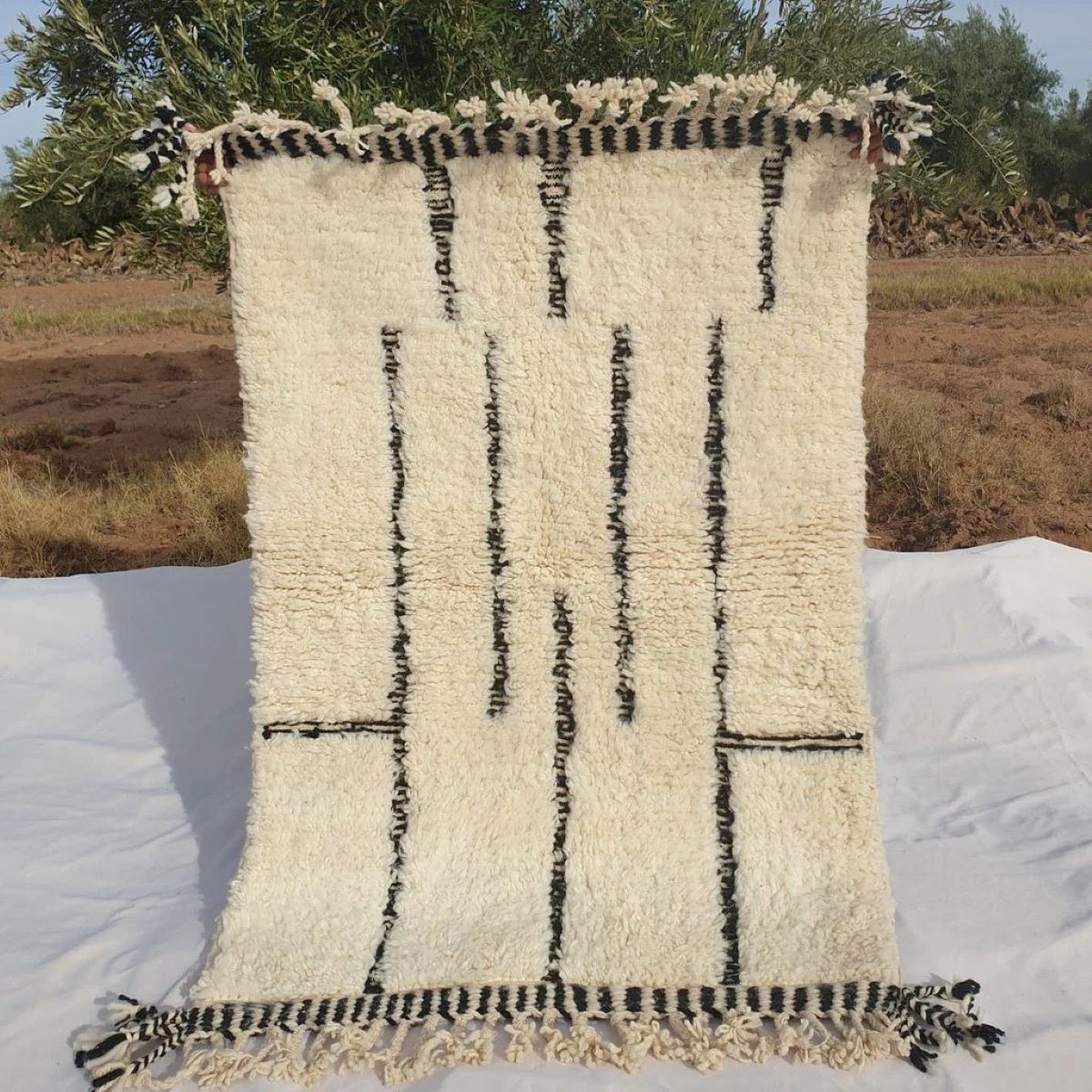

Articles
How Do You Clean Moroccan Rugs
Modified: October 18, 2024
Looking for articles on how to clean Moroccan rugs? Discover expert tips and techniques for maintaining the beauty and longevity of your rugs.
(Many of the links in this article redirect to a specific reviewed product. Your purchase of these products through affiliate links helps to generate commission for Storables.com, at no extra cost. Learn more)
Introduction
Moroccan rugs are renowned for their intricate designs, rich colors, and cultural significance. These handwoven masterpieces have been a staple in Moroccan households for centuries, showcasing the skill and artistry of the Berber tribes who create them. However, with time, these rugs can accumulate dirt, stains, and wear, necessitating proper cleaning and maintenance.
In this article, we will delve into the world of Moroccan rug cleaning and provide you with comprehensive tips and techniques to keep your rug looking its best. From understanding the history and cultural significance of these rugs to assessing the condition of your rug and performing various cleaning methods, we will guide you through the process step by step. Let’s dive in and discover how to effectively clean your prized Moroccan rug.
Key Takeaways:
- Preserve the Legacy
Understanding the rich history and cultural significance of Moroccan rugs is crucial in appreciating their beauty and craftsmanship. By delving into the traditional weaving techniques and materials used, we can gain a deeper understanding of these extraordinary textiles. - Care with Love
Cleaning and maintaining Moroccan rugs is a labor of love that honors the craftsmanship and cultural heritage embodied within each piece. By following the techniques and tips outlined in this article, you can ensure that your rug remains a cherished centerpiece in your home.
Read more: How Do You Clean Polypropylene Rugs
Understanding Moroccan Rugs
Moroccan rugs have a rich history that dates back centuries and are deeply rooted in the culture and traditions of the Berber tribes of North Africa. These rugs not only serve as functional floor coverings but also as a form of artistic expression and a way to preserve their ancestral heritage.
The Berber people have been weaving rugs for generations, passing down their intricate techniques and tribal motifs from one generation to the next. This oral tradition of rug making has helped preserve their cultural identity and create unique pieces that reflect the history and values of their community.
Traditional Moroccan rugs are handwoven using ancient techniques that have stood the test of time. One of the most distinctive features of these rugs is their pile, which is created by knotting individual strands of wool or other natural fibers onto a strong foundation. This meticulous process yields a dense and plush texture that is not only visually appealing but also highly durable.
When it comes to materials, Moroccan rugs predominantly feature wool as their primary fiber. The wool is sourced from the sheep that roam the Atlas Mountains, providing a warm and resilient material for the rugs. Additionally, some Moroccan rugs incorporate other natural fibers such as cotton, silk, or camel hair, adding variety and texture to the designs.
The designs found on Moroccan rugs are a reflection of the tribal and regional identity of the weavers. Each tribe has its own unique symbols, patterns, and colors that tell stories and convey meaning. From the geometric motifs of the Beni Ourain rugs to the vibrant abstract designs of the Azilal rugs, every rug is a work of art that carries the essence of the Berber culture.
Understanding the history and cultural significance of Moroccan rugs is essential in appreciating their beauty and significance. By delving into the traditional weaving techniques and materials used, we can gain a deeper understanding of these extraordinary textiles.
Assessing the Condition of Your Moroccan Rug
Before diving into the cleaning process, it is crucial to assess the condition of your Moroccan rug. This step allows you to identify any visible dirt, stains, or damage, and determine the level of cleaning required.
The first aspect to consider is the presence of dirt. Moroccan rugs, especially those placed in high-traffic areas, can accumulate dust, debris, and dirt particles over time. Carefully inspect the rug for any visible dirt or soil on the surface.
Next, examine the rug for any stains or blemishes. It’s essential to identify the type of stain, such as food, liquid spills, or pet accidents, as this will impact the cleaning approach. Note the location and size of the stains for targeted treatment.
In addition to dirt and stains, check for any signs of damage on the rug. This includes frayed edges, unraveling threads, holes, or color fading. Identifying these issues will help determine if the rug requires any repairs before embarking on the cleaning process.
Once you have assessed the condition of the rug, you can evaluate the level of cleaning required. If the rug only has a minimal amount of dirt or a few small stains, spot cleaning may be sufficient. However, if the rug appears heavily soiled or has deep-set stains, a more thorough cleaning approach may be needed.
In some cases, it may be necessary to seek professional cleaning services for heavily soiled or delicate rugs. Experts in rug cleaning will have the necessary tools and expertise to tackle stubborn stains and ensure the longevity of your Moroccan rug.
By assessing the condition of your Moroccan rug, you can determine the appropriate cleaning approach and address any specific cleaning challenges that may arise. This step sets the foundation for a successful cleaning process and ensures that your rug receives the care it deserves.
Preparing for Rug Cleaning
Before you begin cleaning your Moroccan rug, it is important to make adequate preparations to ensure a smooth and effective cleaning process. This involves gathering the necessary supplies, creating a suitable cleaning space, and ensuring proper ventilation.
The first step is to gather all the necessary supplies. You will need a vacuum cleaner with a brush attachment, a mild rug cleaner or detergent specifically formulated for wool or natural fibers, a soft-bristle brush or sponge, clean towels or absorbent cloths, and a bucket of lukewarm water. It is important to use cleaners that are gentle and designed for delicate rugs to avoid causing any damage to the fibers.
Next, create a suitable cleaning space for your rug. Find an area in your home with enough room to lay out the rug flat. Ideally, choose a space where you can have easy access to both sides of the rug for thorough cleaning. It is advisable to clean the rug outdoors if weather permits, as this allows for easier rinsing and drying.
Proper ventilation is crucial during the cleaning process to ensure the rug dries thoroughly and prevent any musty odors. If cleaning indoors, open windows or use fans to promote air circulation. If cleaning outdoors, make sure the area is well-ventilated to facilitate drying.
Additionally, it is important to protect the floor or surface underneath the rug during cleaning. Lay down a plastic tarp or drop cloth to prevent any water damage or the transfer of dirt onto the underlying surface.
By taking the time to prepare adequately for rug cleaning, you can ensure that you have all the necessary supplies on hand and create an optimal environment for the cleaning process. These preparations will help facilitate a successful and efficient cleaning experience.
When cleaning Moroccan rugs, avoid using harsh chemicals or excessive water. Instead, gently vacuum the rug regularly and spot clean any stains with a mixture of mild soap and water. Blot the area with a clean cloth and allow it to air dry.
Cleaning Methods for Moroccan Rugs
When it comes to cleaning your Moroccan rug, there are several methods you can choose from depending on the level of soiling, the type of stains, and your personal preferences. The two main categories of cleaning methods are dry cleaning techniques and wet cleaning techniques.
Dry cleaning techniques are ideal for rugs with light dirt and minimal stains. One popular dry cleaning method is to use a vacuum cleaner with a brush attachment to gently remove surface dirt and debris. This method helps lift away loose particles without affecting the rug fibers. Another dry cleaning option is to use a dry cleaning powder specifically designed for rugs. Apply the powder to the rug, allow it to sit for a specified time, and then remove it using a vacuum cleaner.
Wet cleaning techniques are suitable for rugs with deeper stains and heavier soiling. One wet cleaning method is handwashing, which involves using a mild rug cleaner or detergent mixed with lukewarm water. Gently scrub the rug with a soft-bristle brush or sponge, focusing on stained or soiled areas. Rinse thoroughly, removing all the cleaning solution, and squeeze out excess water. Then, lay the rug flat to dry. This method requires patience and attention to detail but can be highly effective in removing tough stains.
Professional cleaning is another option for deep cleaning and restoring the beauty of your Moroccan rug. Professional cleaners have specialized equipment and expertise in handling delicate rugs. They use advanced deep cleaning methods that extract dirt and stains, leaving your rug fresh and rejuvenated. Professional cleaning is particularly recommended for rugs with extensive soiling or valuable antique rugs that require expert care.
Handwashing and professional cleaning may be preferred for heirloom rugs or delicate materials such as silk. However, it is essential to follow the manufacturer’s guidelines and consider the specific requirements of your rug before deciding on a cleaning method.
Ultimately, the choice between dry cleaning and wet cleaning, as well as handwashing versus professional cleaning, depends on the condition of your rug, the level of soiling, and your desired outcome. It is important to assess your rug’s needs and choose the appropriate cleaning method accordingly.
Read more: What Are Moroccan Rugs Called
Step-by-Step Cleaning Guide
Cleaning your Moroccan rug requires a systematic approach to ensure thorough cleaning without causing any damage to the delicate fibers. Follow this step-by-step guide to effectively clean your rug:
1. Removing loose dirt and debris: Begin by thoroughly vacuuming both sides of the rug to remove any loose dirt, dust, or debris. Use a vacuum cleaner with a brush attachment and gently run it over the entire surface, paying special attention to the corners and edges.
2. Spot treating stains and blemishes: Assess the rug for any stains or blemishes and treat them individually. Start by blotting the stain with a clean towel or cloth to absorb any excess liquid. Then, use a mild rug cleaner or a mixture of water and gentle detergent to spot clean the affected area. Gently scrub the stain using a soft-bristle brush or sponge, working from the outside towards the center to avoid spreading the stain.
3. Conducting a thorough cleaning: Fill a bucket with lukewarm water and add a small amount of mild rug cleaner or detergent. Dampen a clean sponge or soft-bristle brush in the solution and gently scrub the entire rug, focusing on high-traffic areas and deeply soiled spots. Be careful not to oversaturate the rug and avoid excessive rubbing or scrubbing, as this can damage the fibers. Rinse the rug thoroughly with clean water to remove any soap residue.
4. Drying and airing out the rug: After cleaning, it is crucial to dry the rug properly to prevent mold or mildew growth. Gently squeeze out excess water from the rug, taking care not to wring or twist it. Lay the rug flat on a clean and dry surface, preferably outdoors or in a well-ventilated area, allowing it to air dry completely. Ensure that both sides of the rug are exposed to airflow to facilitate drying.
It’s important to note that drying times may vary depending on the size and thickness of the rug. Avoid placing the rug in direct sunlight, as this can cause color fading. Once the rug is completely dry, fluff the fibers gently using a brush to restore its plush appearance.
By following this step-by-step cleaning guide, you can effectively remove dirt, stains, and odors from your Moroccan rug, preserving its beauty and prolonging its lifespan.
Maintaining and Preserving Your Moroccan Rug
Once you have gone through the cleaning process and your Moroccan rug is looking fresh and rejuvenated, it’s essential to implement proper maintenance techniques to keep it in optimal condition. Here are some tips for maintaining and preserving your beautiful Moroccan rug:
Regular vacuuming and dusting: To prevent dirt and debris from settling into the fibers, vacuum your rug regularly. Use a vacuum cleaner with a brush attachment and gently run it over both sides of the rug. Pay extra attention to high-traffic areas and areas prone to dust build-up. Additionally, using a soft-bristle brush or a broom, gently dust the surface of the rug to remove any loose particles.
Protecting against sun damage: Direct exposure to sunlight can cause fading and deterioration of your Moroccan rug over time. To protect it from sun damage, avoid placing the rug in areas with direct sunlight for extended periods. If your rug is in a sunny room, consider using blinds or curtains to block out the harmful rays during the sunniest parts of the day.
Dealing with pet hair and odors: If you have pets at home, it’s inevitable that their hair will find its way onto your rug. Regularly use a vacuum cleaner with strong suction or a lint roller to remove pet hair from the rug’s surface. For pet odors, sprinkle baking soda on the rug, let it sit for a few hours, and then vacuum it up. Baking soda helps neutralize odors effectively.
In addition to these specific maintenance tips, there are a few general guidelines to keep in mind. Avoid placing heavy furniture or objects on your Moroccan rug, as this can cause permanent indentations. If you need to move furniture, lift it instead of dragging it across the rug. Additionally, consider rotating your rug periodically to distribute wear and fading evenly.
By incorporating regular vacuuming, protecting against sun damage, and addressing pet hair and odors, you can keep your Moroccan rug looking fresh and vibrant for years to come. Remember, proper maintenance is key to preserving the beauty and longevity of your treasured rug.
Conclusion
Cleaning and maintaining your Moroccan rug is not only essential for its longevity but also for preserving its beauty and cultural significance. Through understanding the history and craftsmanship behind Moroccan rugs, you can appreciate the artistry and traditions woven into each piece.
Assessing the condition of your rug is the first step in determining the level of cleaning required. Whether you opt for dry cleaning techniques, wet cleaning methods, or professional cleaning, it is important to choose the appropriate approach based on your rug’s specific needs.
Following a step-by-step cleaning guide will help you remove dirt, spot treat stains, and conduct a thorough cleaning without causing any damage to the delicate fibers. Proper drying and airing out of the rug are crucial to prevent mold and mildew growth.
Maintaining and preserving your Moroccan rug involves regular vacuuming and dusting, protecting it from sun damage, and addressing pet hair and odors. These practices will help keep your rug looking fresh and vibrant for years to come.
In conclusion, cleaning and maintaining your Moroccan rug is a labor of love that honors the craftsmanship and cultural heritage embodied within it. By following the techniques and tips outlined in this article, you can ensure that your rug remains a cherished centerpiece in your home, continuing to captivate and awe with its timeless beauty.
Frequently Asked Questions about How Do You Clean Moroccan Rugs
Was this page helpful?
At Storables.com, we guarantee accurate and reliable information. Our content, validated by Expert Board Contributors, is crafted following stringent Editorial Policies. We're committed to providing you with well-researched, expert-backed insights for all your informational needs.
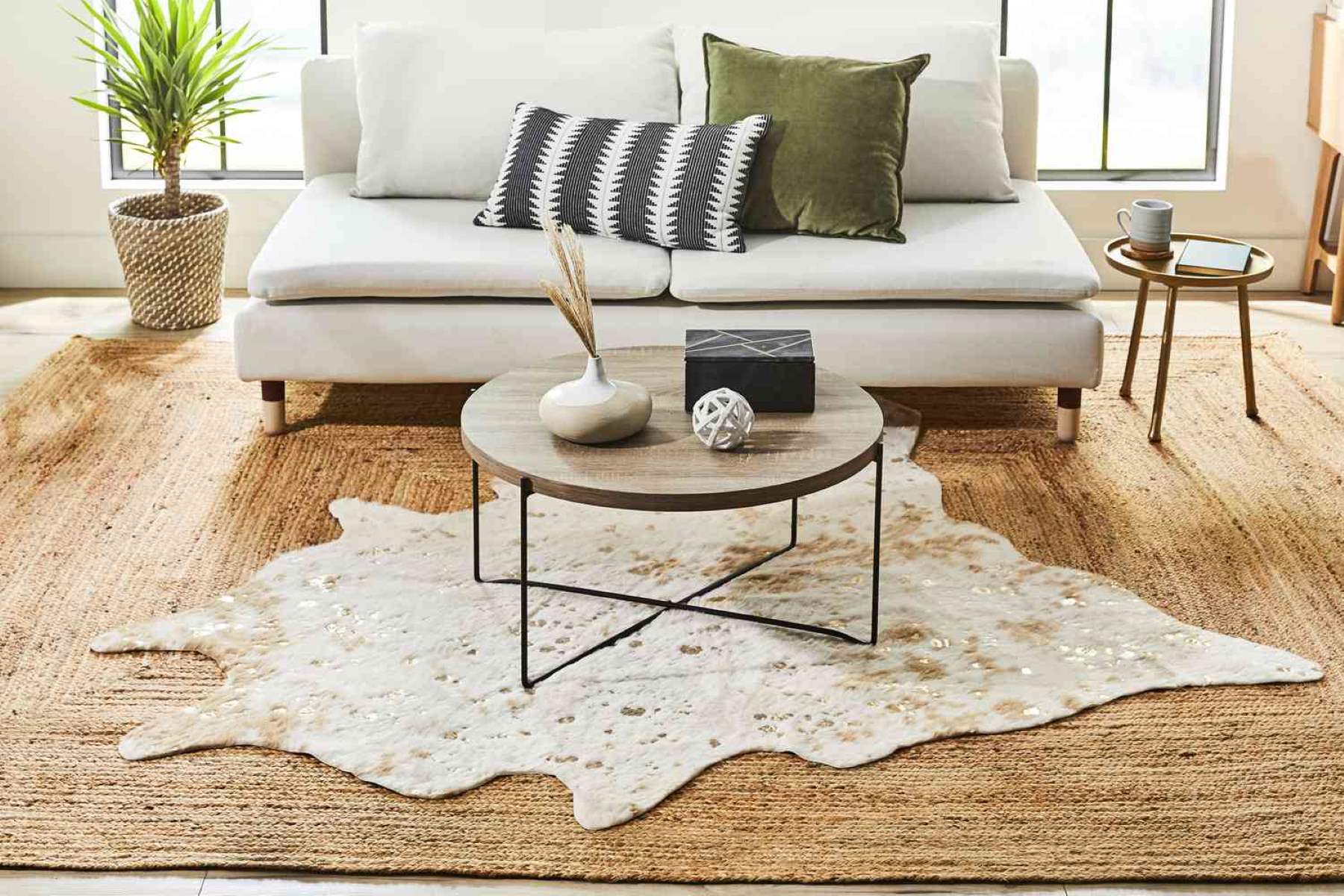
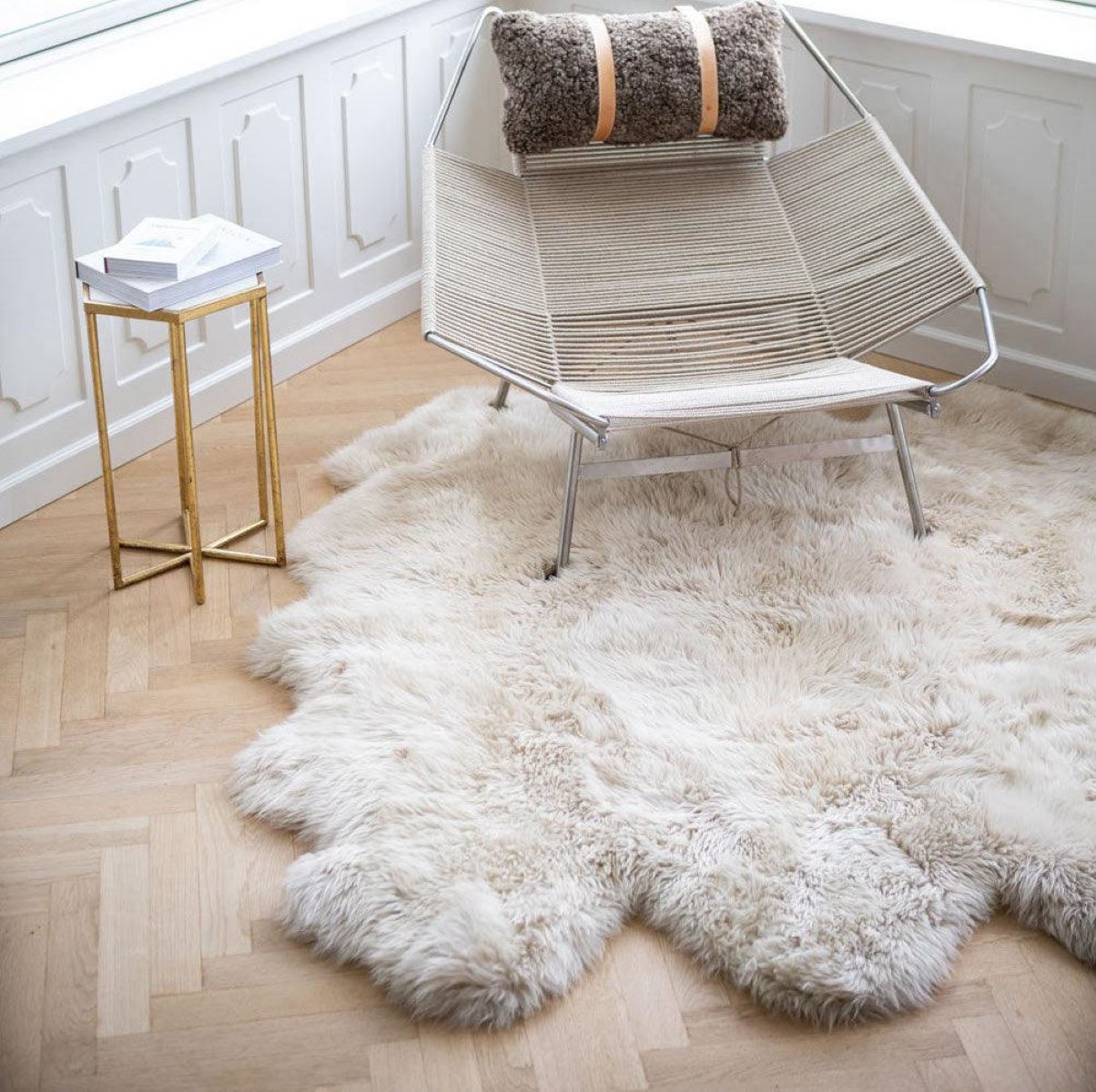
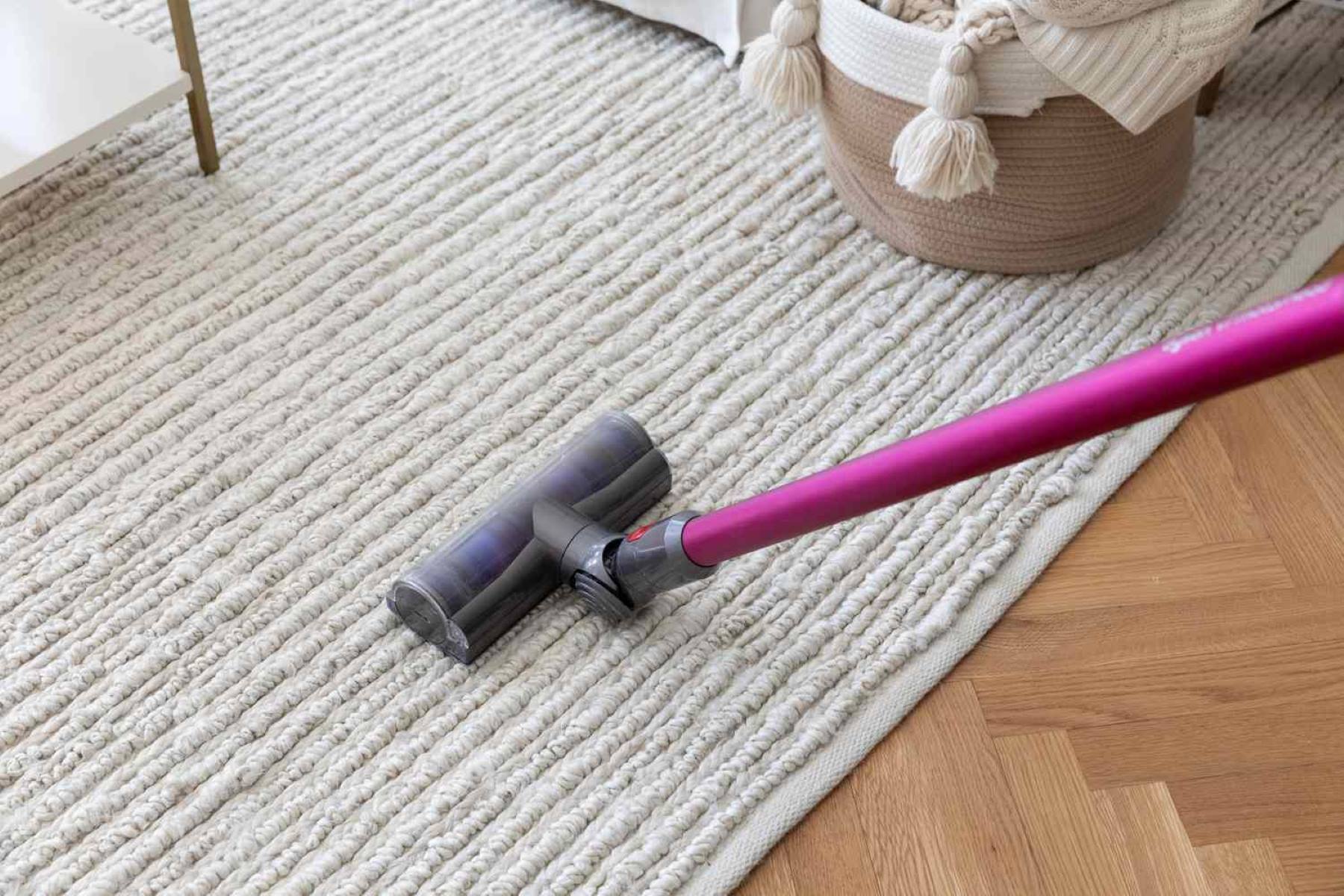
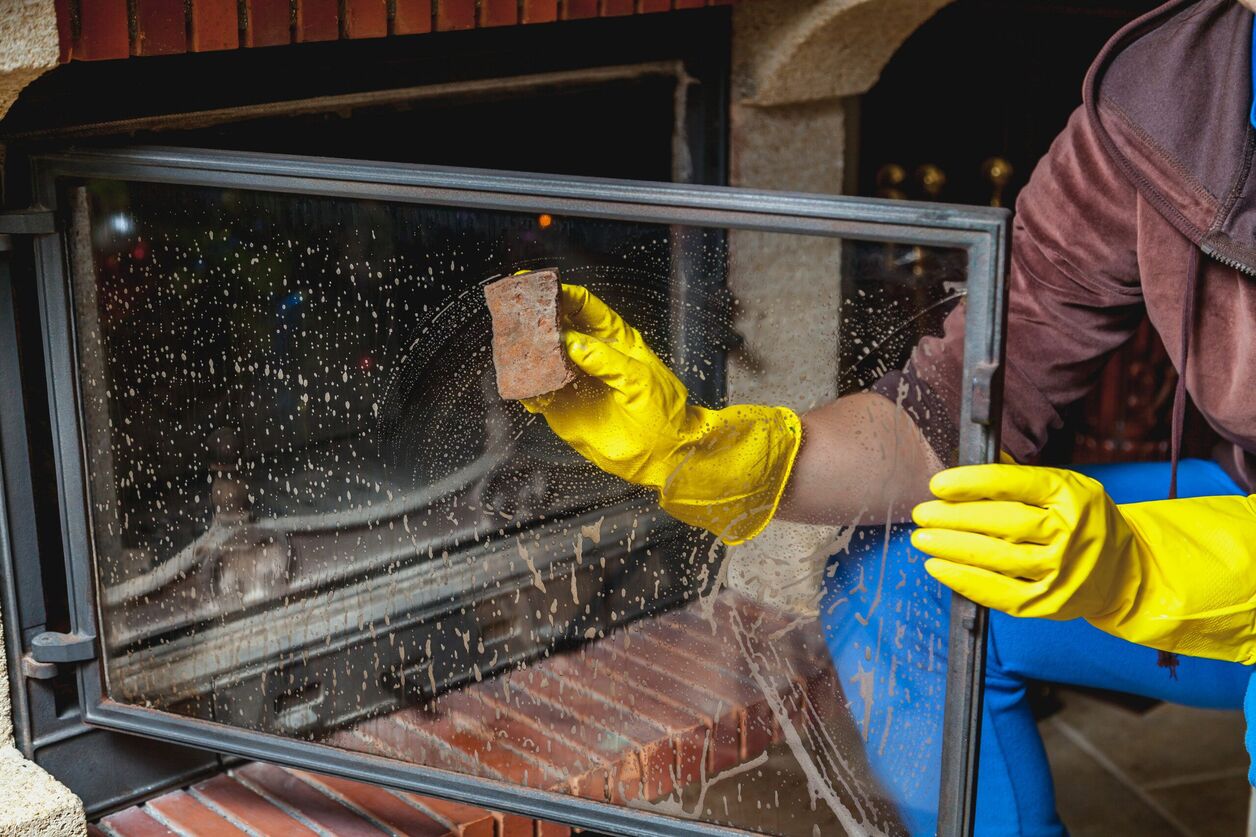
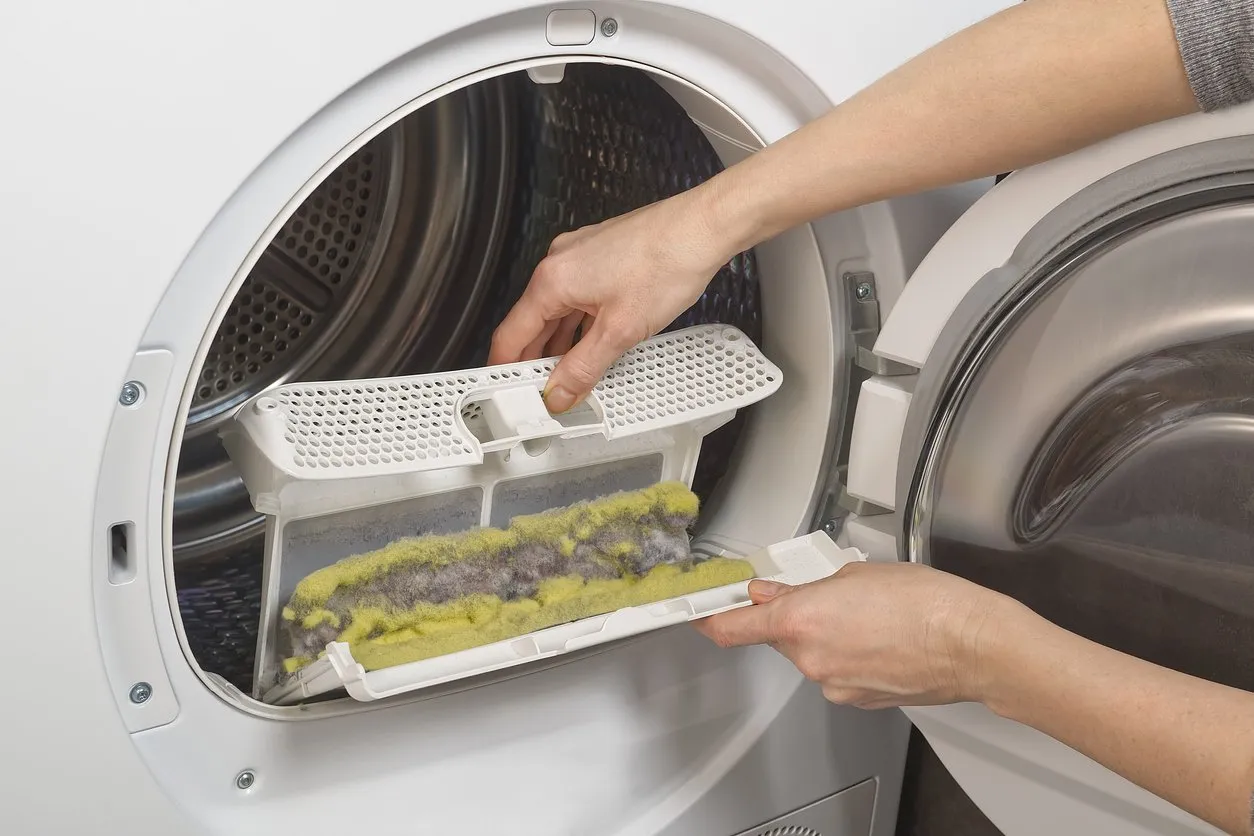
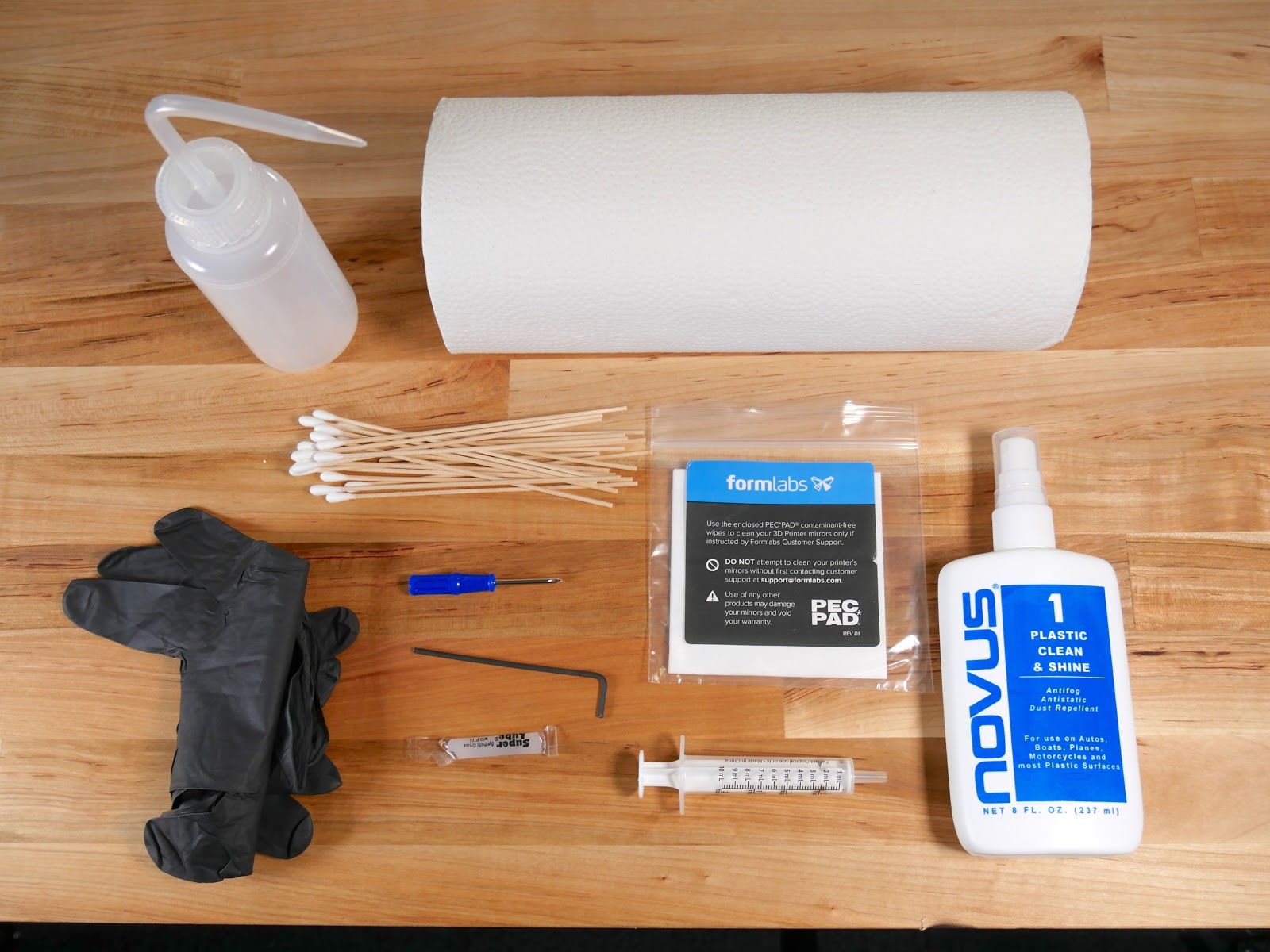
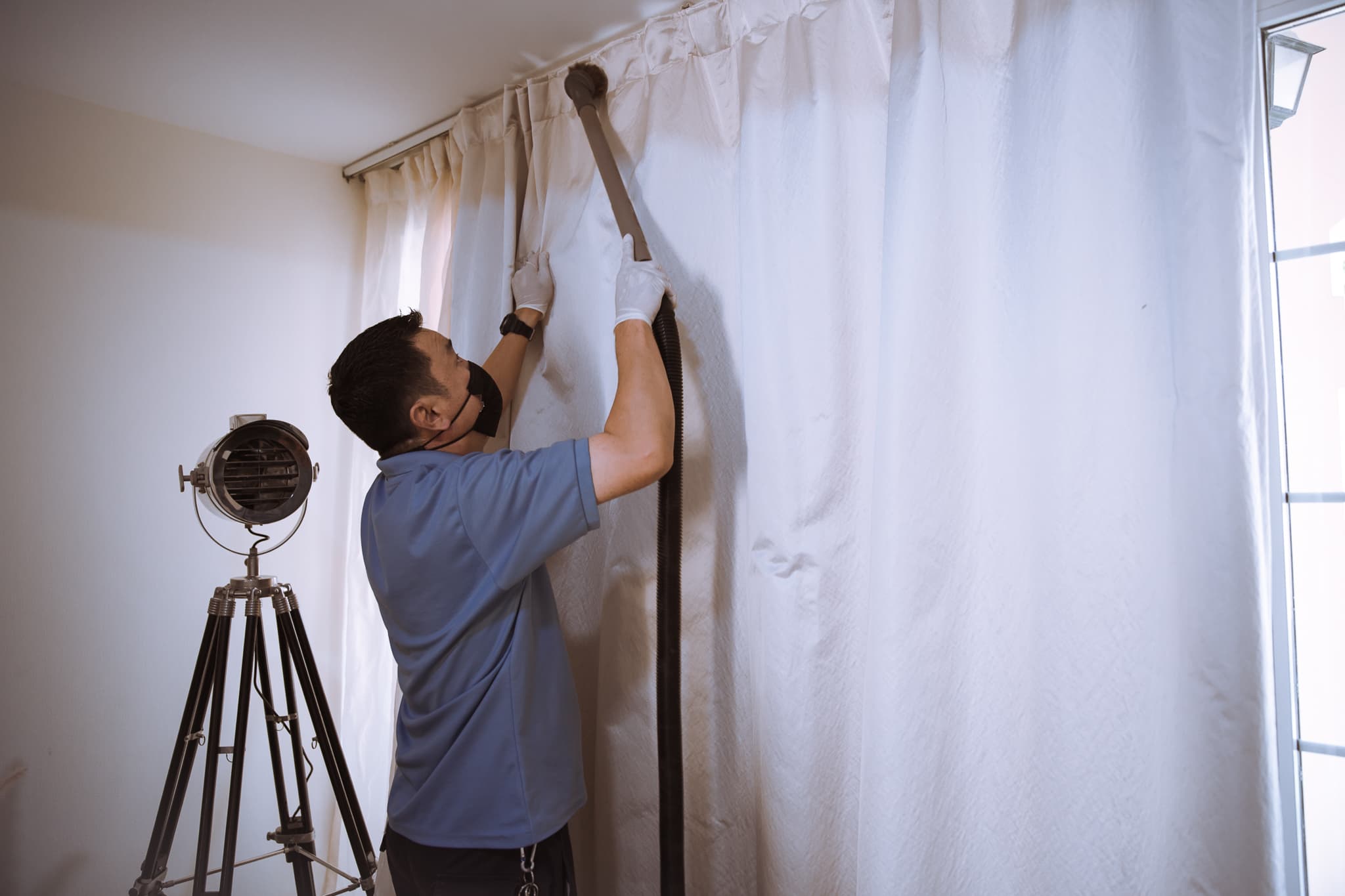
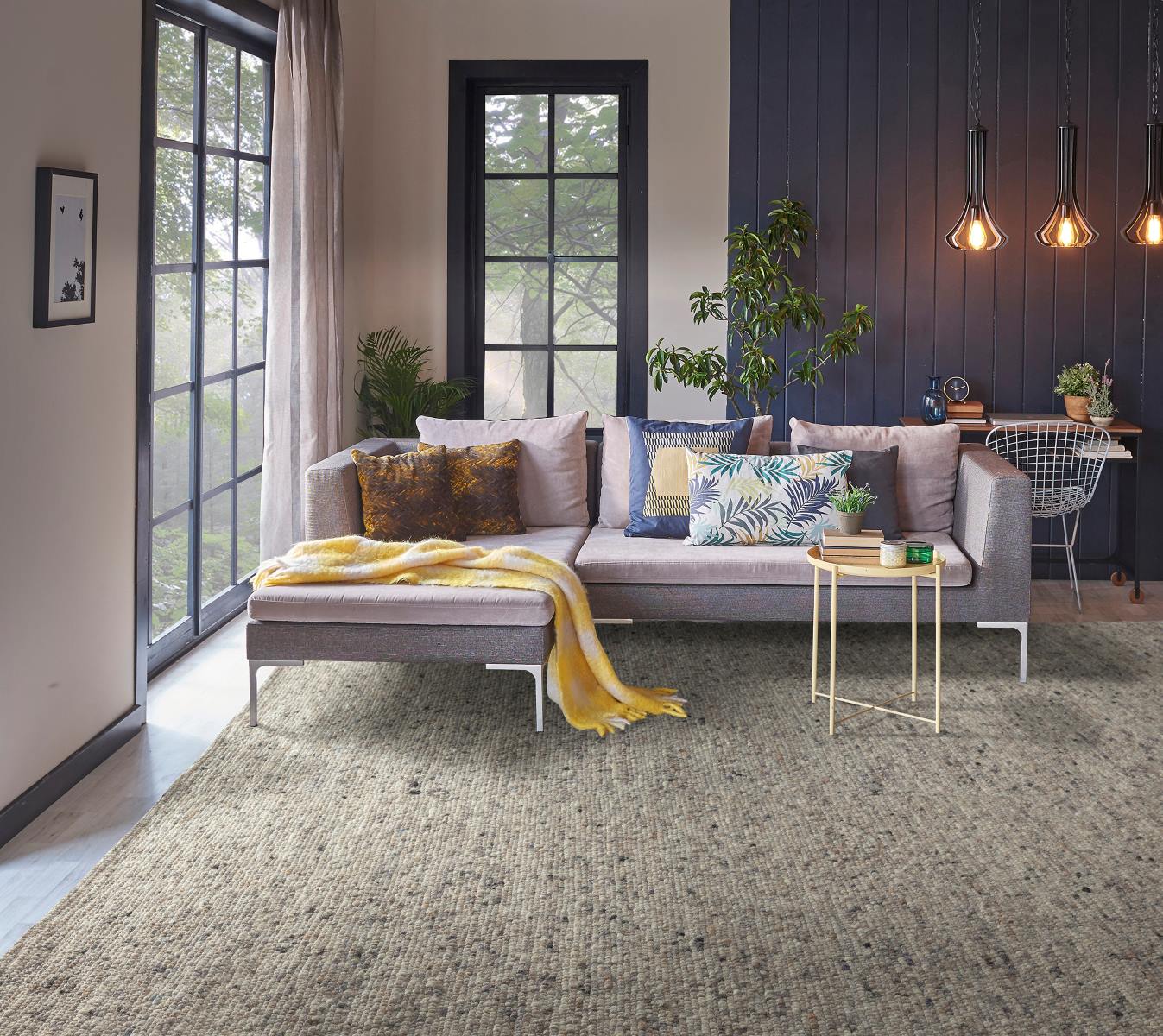
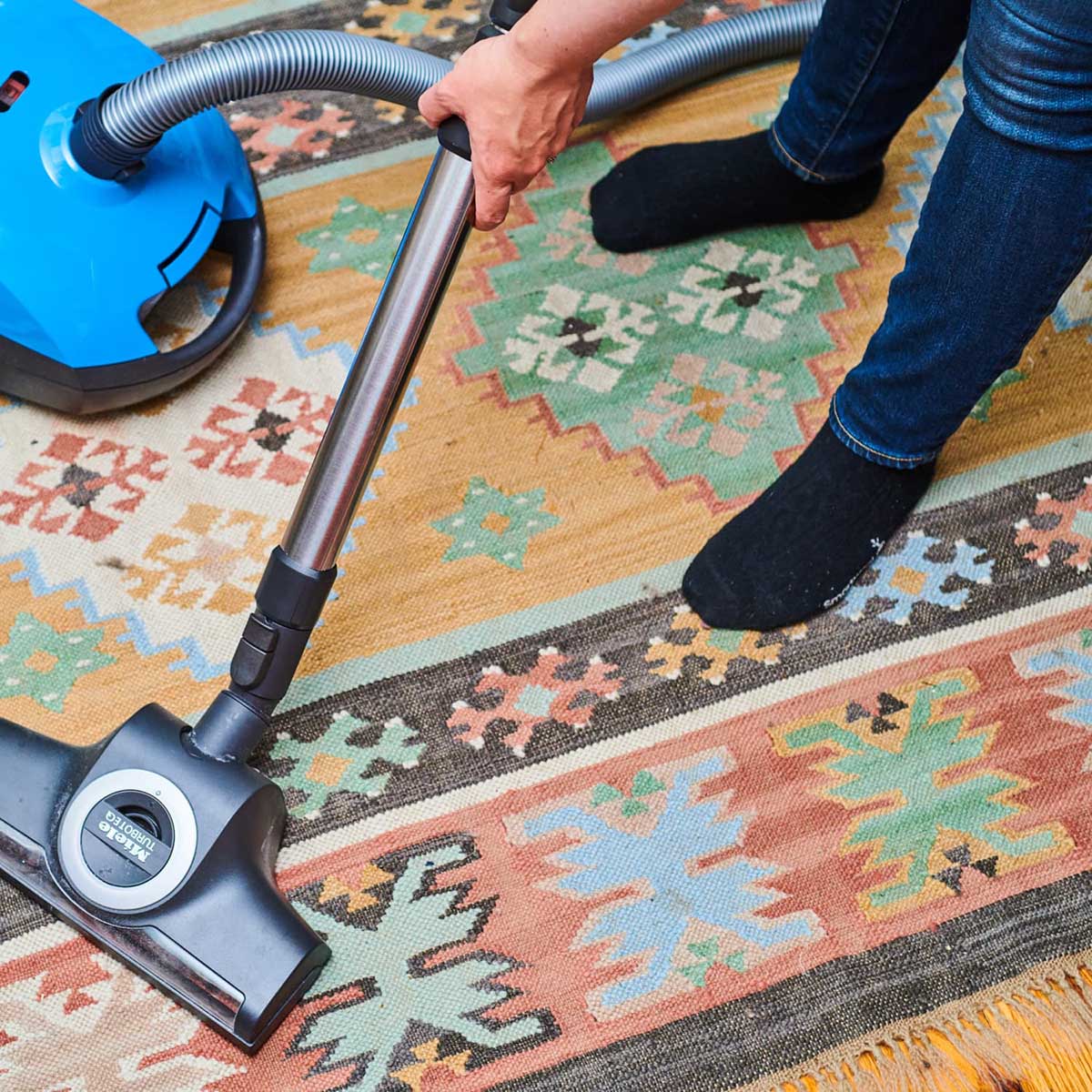
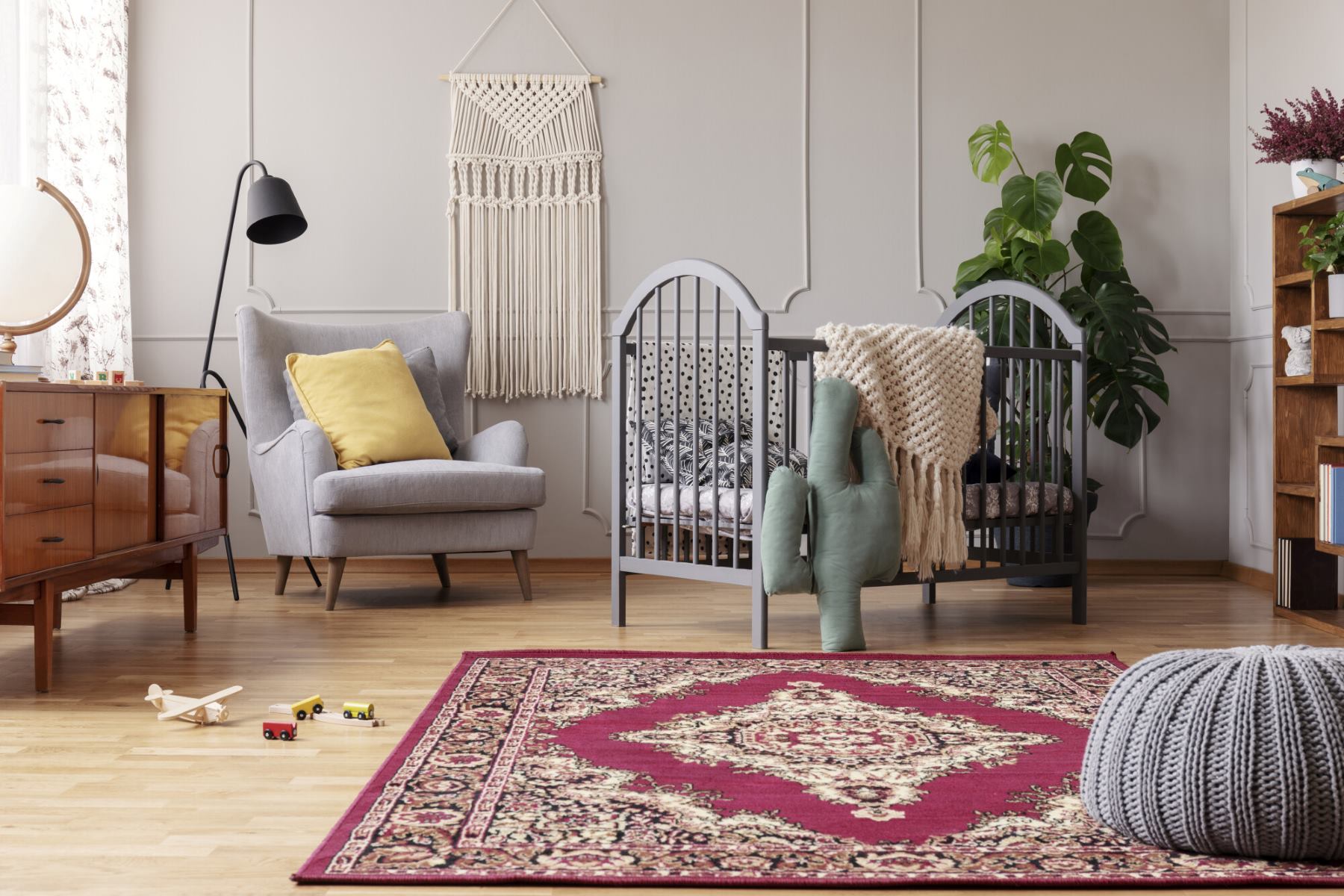

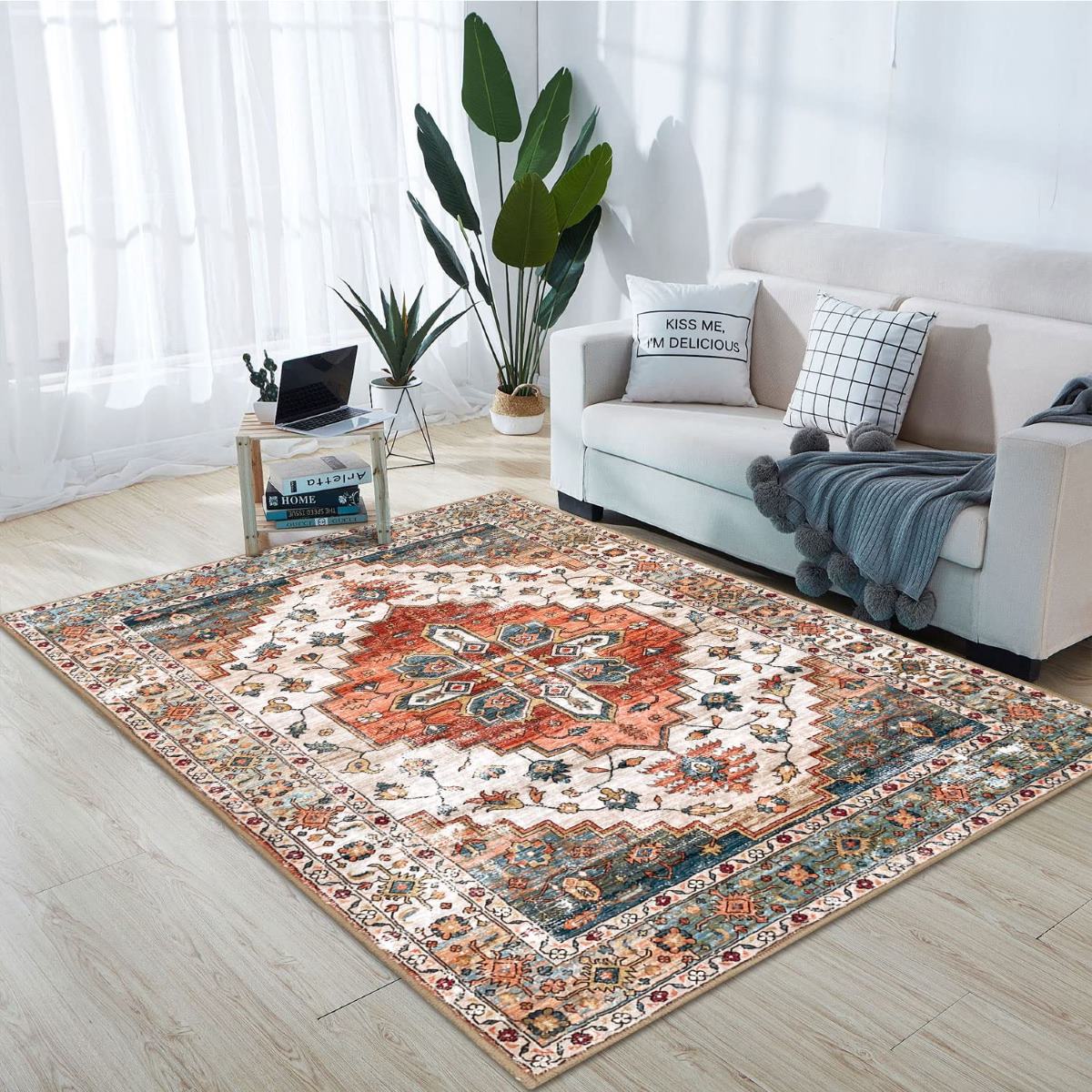
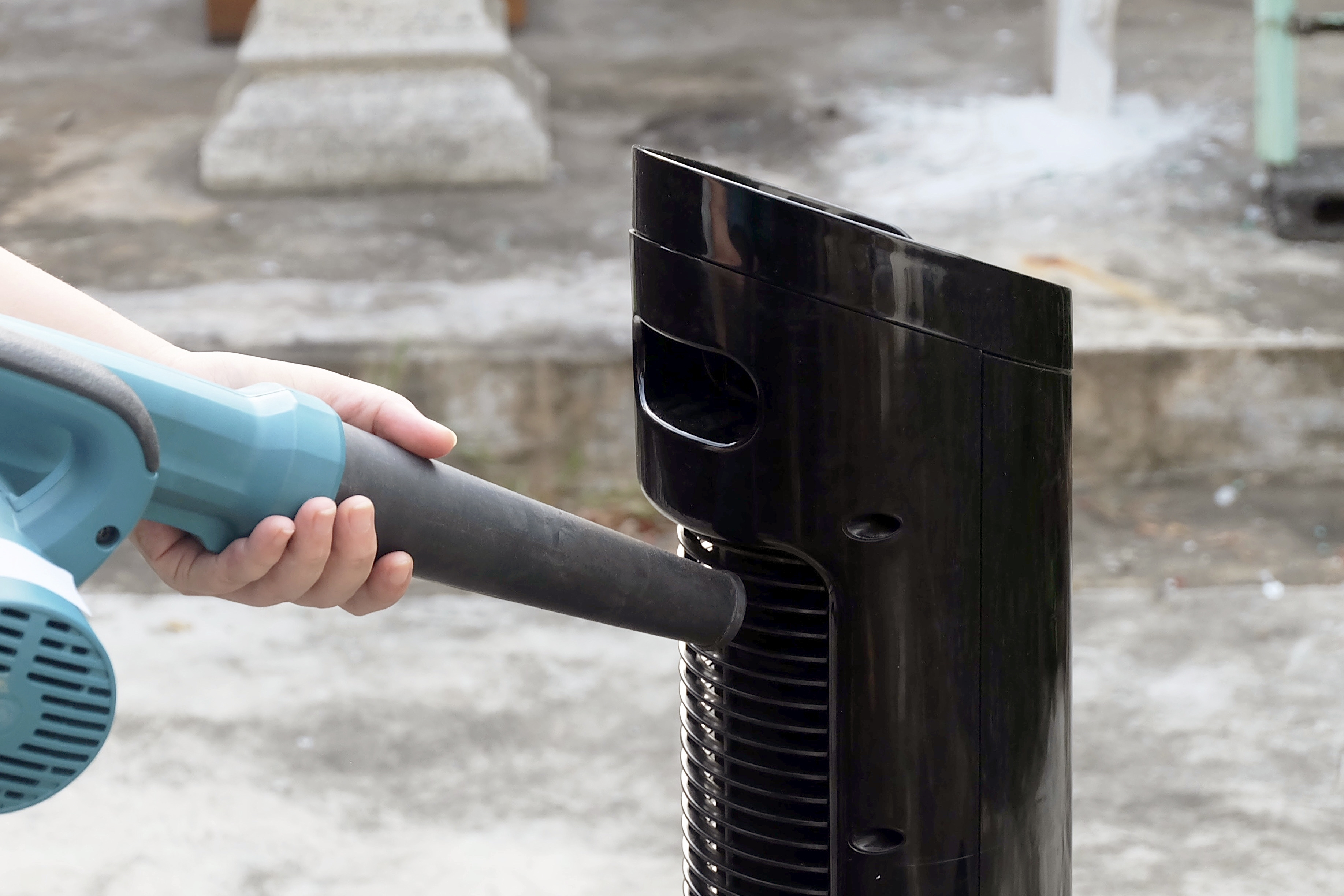
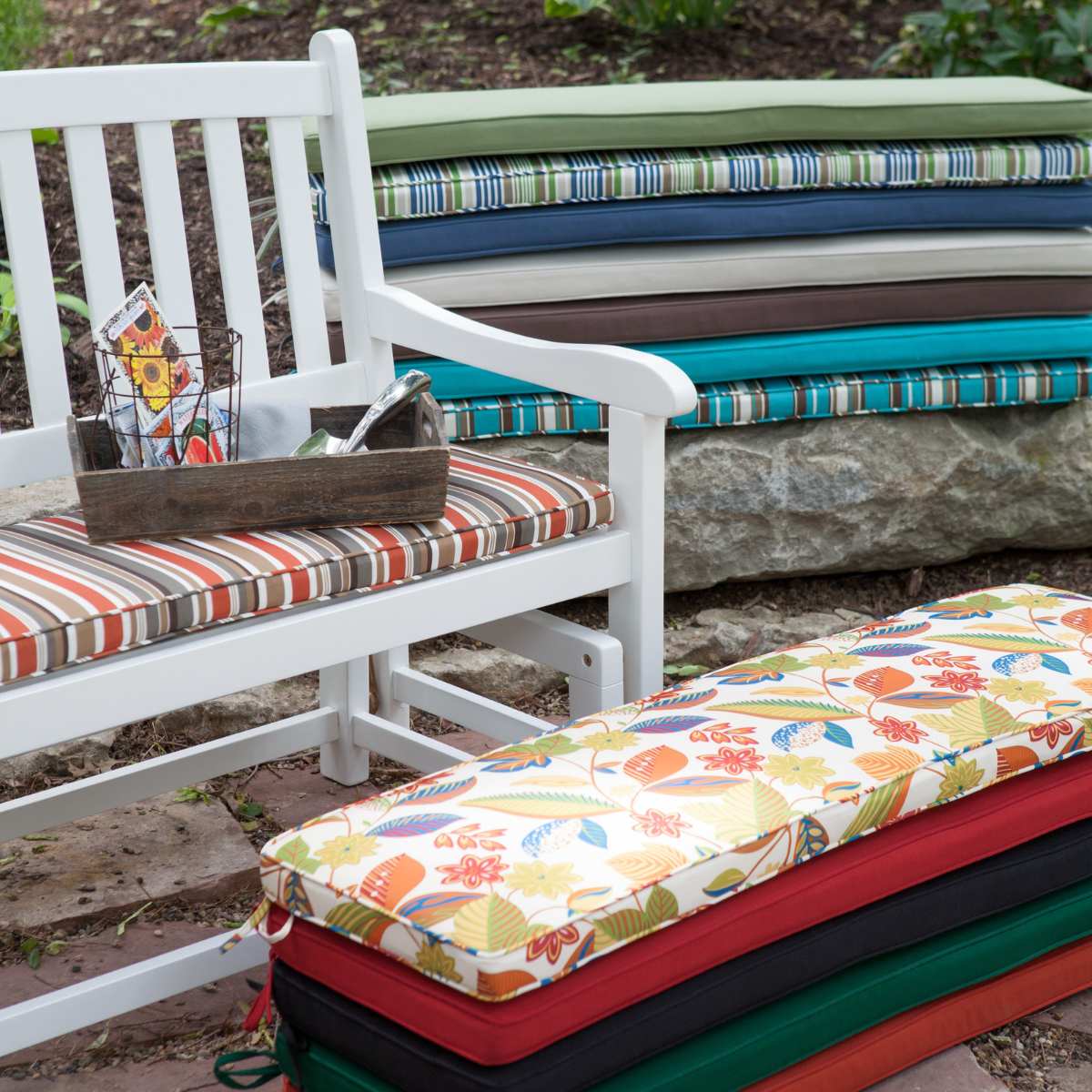

0 thoughts on “How Do You Clean Moroccan Rugs”